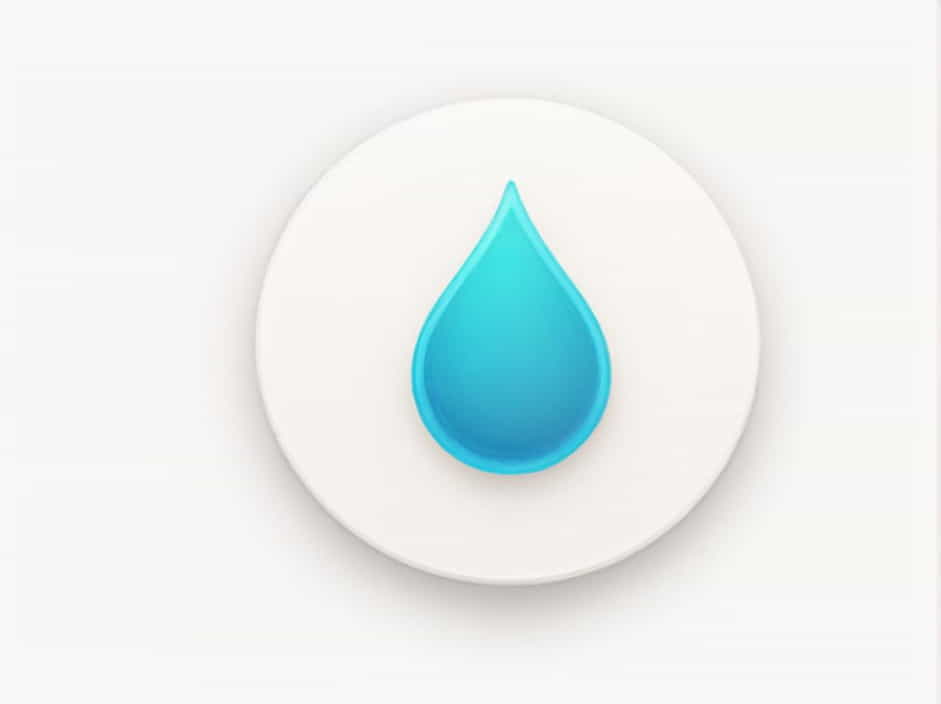When zinc chloride (ZnCl₂) reacts with sodium hydroxide (NaOH), a precipitate forms. This reaction is commonly studied in inorganic chemistry and plays an important role in chemical analysis and industrial applications.
In this topic, we will explore the reaction between zinc chloride and sodium hydroxide, the formation of the precipitate, and its significance in different fields.
1. Chemical Reaction Between Zinc Chloride and Sodium Hydroxide
1.1 Balanced Chemical Equation
The reaction between zinc chloride (ZnCl₂) and sodium hydroxide (NaOH) occurs in two steps:
- Formation of Zinc Hydroxide Precipitate
Here, zinc hydroxide (Zn(OH)₂) precipitates as an insoluble white solid, while sodium chloride (NaCl) remains dissolved in water.
- Dissolution in Excess NaOH
In excess sodium hydroxide, the precipitate dissolves, forming a soluble complex sodium zincate (Na₂[Zn(OH)₄]).
1.2 Why Does a Precipitate Form?
- Zinc hydroxide is sparingly soluble in water, leading to the formation of a solid precipitate.
- When excess NaOH is added, the precipitate dissolves because zinc hydroxide is amphoteric, meaning it reacts with both acids and bases.
2. Properties of the Precipitate
2.1 Appearance
- Zinc hydroxide appears as a white gelatinous precipitate.
- It dissolves in excess strong base, forming a clear solution.
2.2 Solubility
- In water: Insoluble.
- In acids: Dissolves to form zinc salts.
- In excess NaOH: Dissolves to form sodium zincate.
3. Applications of the Reaction
3.1 Qualitative Analysis in Chemistry
- Used as a test to detect zinc ions (Zn²⁺) in solution.
- Helps distinguish zinc from other metal ions.
3.2 Industrial and Laboratory Uses
- Zinc hydroxide is used in pharmaceuticals, rubber, and ceramics.
- Sodium zincate is an intermediate in metal plating and chemical synthesis.
3.3 Water Treatment
- Zinc hydroxide plays a role in wastewater treatment by removing heavy metals.
The reaction between zinc chloride and sodium hydroxide results in a white precipitate of zinc hydroxide, which dissolves in excess NaOH to form sodium zincate. This reaction is widely used in chemical analysis, industry, and environmental applications. Understanding this process helps in various fields, from laboratory experiments to large-scale chemical manufacturing.
